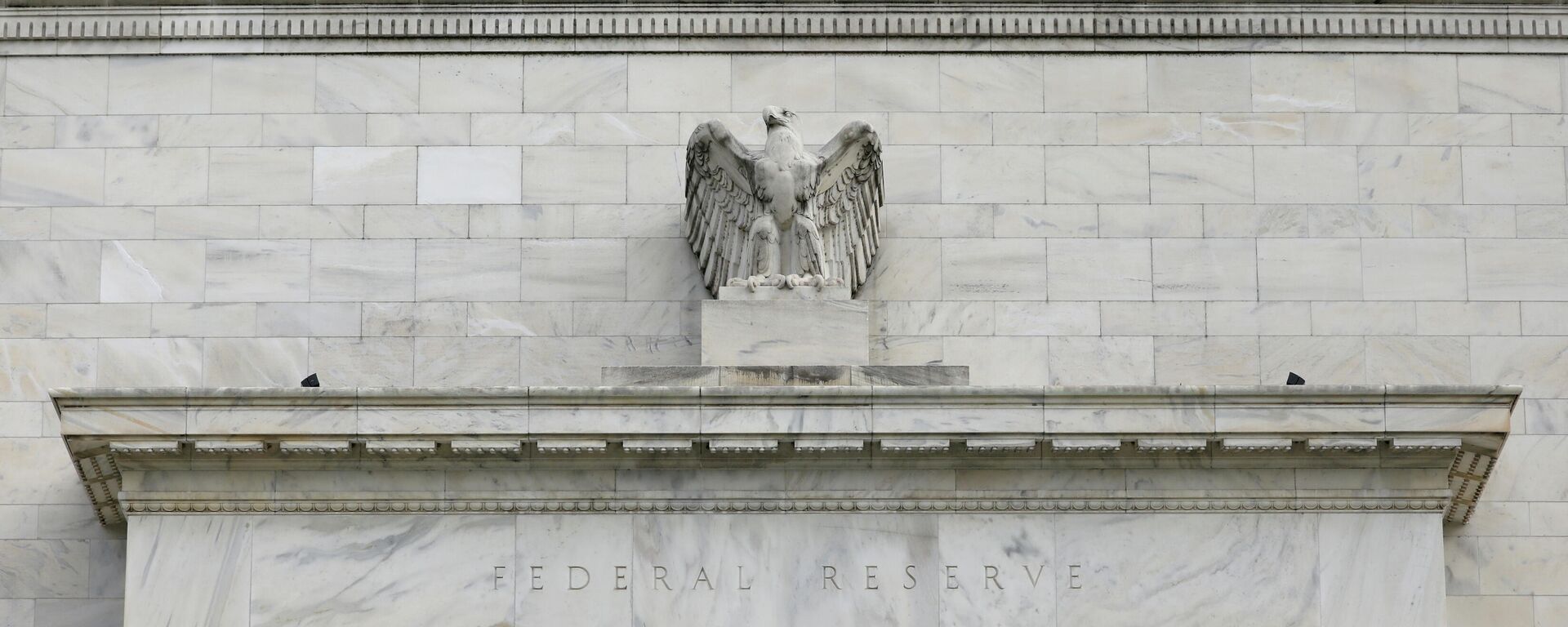US Jobs Report Shows Unemployment Recovered to 50-Year Low Reached Before Pandemic Crash
19:22 GMT 05.08.2022 (Updated: 18:40 GMT 19.10.2022)

© AP Photo / Damian Dovarganes
Subscribe
The new employment report from the US Bureau of Labor Statistics (BLS) revealed that unemployment has continued to tick down, even though the US has entered a technical recession.
In July, the US added 528,000 jobs, eclipsing expectations, and the number of unemployed people in the workforce fell to 5.7 million, or 3.5%. “These measures have returned to their levels in February 2020, prior to the coronavirus (COVID-19) pandemic,” the BLS report said.
The report also noted that the number of long-term unemployed people, those without a job for 27 weeks or more, had also hit the February 2020 low of 1.1 million, noting they comprised 18.9% of the unemployed.
However, there were some signs of potential trouble ahead: the BLS noted that 303,000 more people became part-time employed because of hours getting cut, although the report noted that the total number, 3.9 million, was still below February 2020 levels.
While corporate media typically focuses on the BLS’ official unemployment number at the top of the report, this statistic is derived by excluding many unemployed people from what it considers the “labor force.” However, the BLS report includes data about them as well, noting that the number of people not currently in the “labor force” but who still want a job is 5.9 million, which is about 900,000 more than in February 2020 and unchanged from June 2022.
“It’s a strong report,” US Secretary of Labor Marty Walsh told the Washington Post. "If we look back to the day before Biden took office, 10 million people were out of work. All those jobs have been recovered. Some sectors more than that. The buzzword we have right now is ‘recession,’ but we have to keep in focus that what we’re living through economically is very different than we’ve experienced in the past.”
The jobs report is all the more remarkable since the Commerce Department’s Bureau of Economic Analysis reported last week that gross domestic product had decreased by 0.9% in the second quarter of 2022, following a 1.6% decrease in the first quarter, meaning the US has technically entered a recession.
US President Joe Biden has pushed back, however, denying that the economy is in recession because of other strong factors in the economy, such as the jobs market. But other negative factors also exist, such as record-high inflation, which has caused the Federal Reserve to push interest rates up, driving fears that both a recession and rising unemployment could follow.
There are powerful political forces desiring both developments, too: a leaked internal memo by Bank of America executives from June revealed that the bank sees recession and unemployment as desirable developments in the economy, amid falling profits.
At the start of the COVID-19 pandemic in March 2020, the US economy was on the tail end of 128 straight months of expansion and the New York stock market had recently peaked at an all-time high, although trouble was already beginning to brew. According to the National Bureau of Economic Research, the US had actually entered a recession before March 2020 started - then the US entered its first and most extensive COVID-19 lockdown amid the uncontrolled spread of the virus in the country, which devastated the US economy.
By the time the first quarter of 2020 was over, the US economy had lost one-fifth of its value and 22 million people were unemployed. However, unlike China’s economy, which bounced back that summer with a vengeance thanks to a complete social lockdown that eliminated transmission of the virus, the US economy only slowly began to recover amid continued waves of outbreaks and lockdowns that persisted into the following year. After mass vaccination in the first half of 2021, the US government effectively ended the lockdown system, opting for mask mandates and a continued vaccination push, both of which slowly ended as well.

